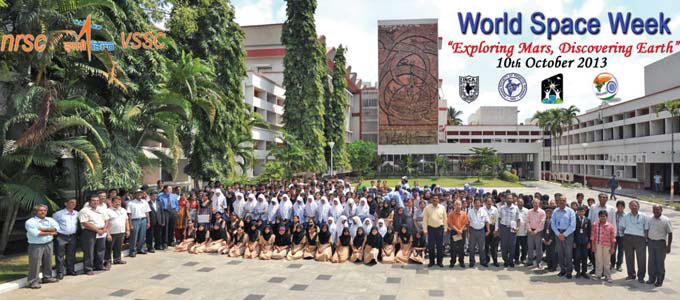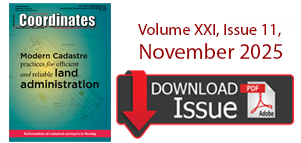Articles in the Articles Category
The Eighth Meeting of the International Committee on Global Navigation Satellite Systems (ICG) was held in Dubai, United Arab Emirates (UAE) from 10 to 14 November 2013 to continue reviewing and discussing developments in global navigation satellite systems (GNSS) and to allow ICG members, associate members, and observers to address recent developments in their organizations and associations with regard to GNSS services and applications.

In the last two decades, Kenya has faced a rising degree of vulnerability to the risk of disaster. Risk is the probability of a hazard turning into a disaster, with households or communities being affected in such a manner that their lives and livelihoods are seriously disrupted beyond their capacity to cope or withstand using their own resources…

The European Geostationary Navigation Overlay Service (EGNOS) is Europe’s first venture into satellite navigation, providing an augmentation signal to the Global Positioning System (GPS) Standard Positioning Service (SPS). It has been a long way for Europe, since the beginning of the EGNOS programme in the late 90’s, culminated with the declaration of availability of the three EGNOS Services:
November 2013
NSDI India
29 – 30 November 2013
IIT Bombay, India
December 2013
5th Asia Oceania Regional Workshop on GNSS
1 – 3 December 2013
Hanoi, Vietnam
www.multignss.asia/workshop.html
ION Precise Time and Time Interval Meeting (PTTI)
2 – 5 December
Bellevue, WA, United States
http://
www.ion.org
4th International Colloquium Scientific and Fundamental Aspects
of the Galileo Programme
4 – 6 December
Prague, Czech Republic
http://www.congrexprojects.com/13c15/
6th European Workshop on GNSS Signals and Signals …

As more GNSS satellites will be operational within the next few years, the confidence of the position and timing solution for the user is expected to increase. On the other side from the integrity point of view the user faces new problems. It has to protect itself against more potential failures that might occur…

The Survey of India (SoI) is the pioneer surveying and mapping agency for India. The organisation conducts surveys at regular intervals and generates classified and nonclassified topographic map sheets using a polyconic system of projection. Modern applications are now demanding maps at higher scales and precision.














 (5.00 out of 5)
(5.00 out of 5)